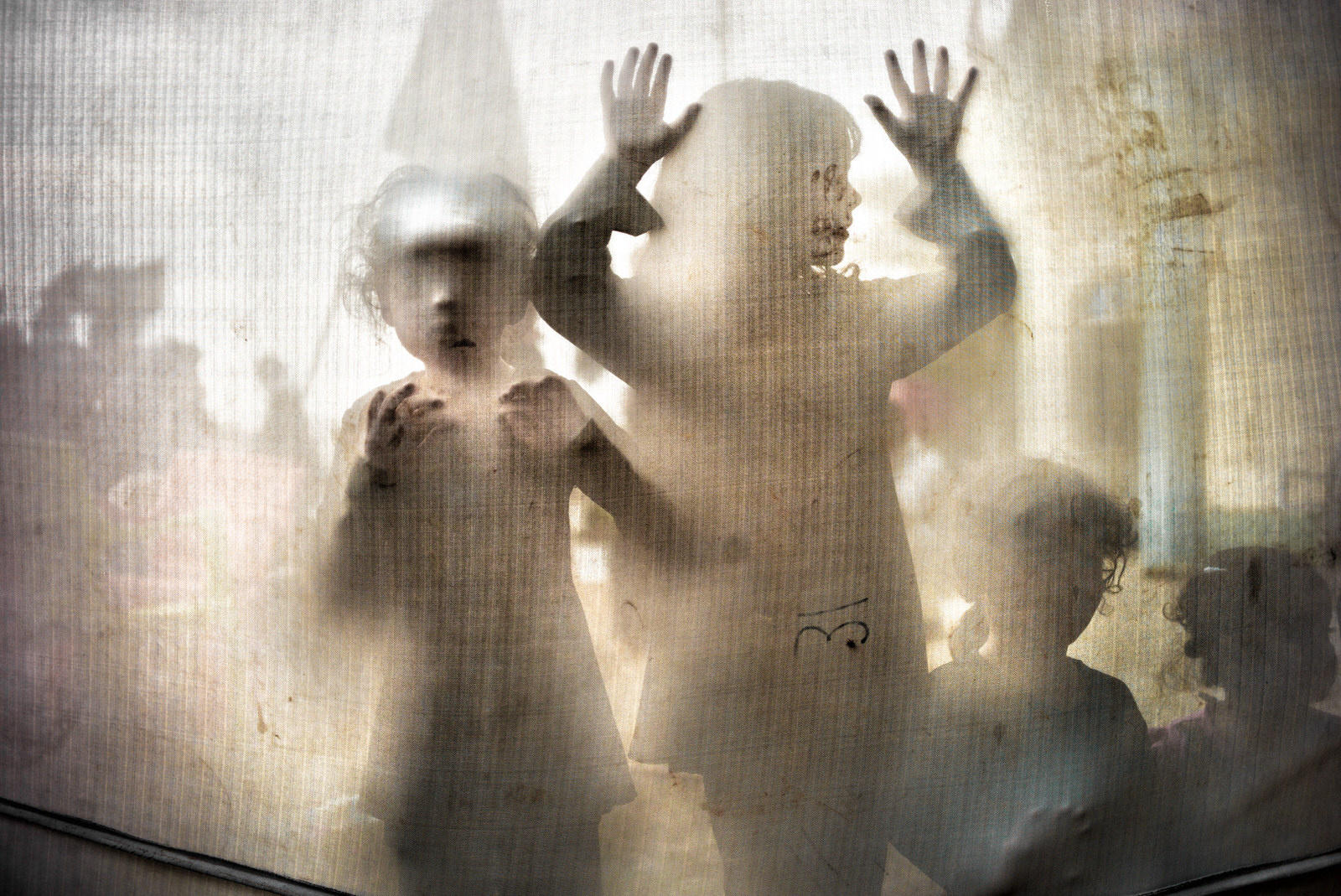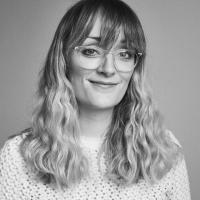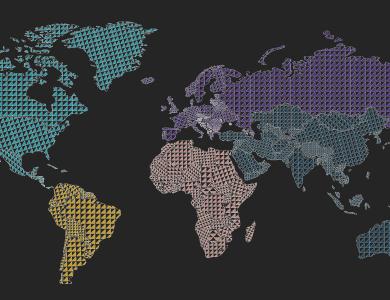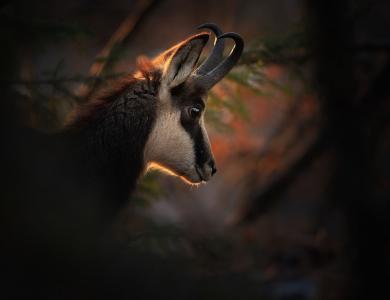
Emily Garthwaite is a photojournalist focusing on environmental and humanitarian stories. Since late 2018, she's focused on stories of resilience, peace and empowerment among Muslim communities in Iraq, Iran, USA, India, and Afghanistan. She believes this essential shift in storytelling can tilt the scales of the media's tendency to negatively portray Muslim communities.
Emily is taking over our Instagram feed this week (July 28 to August 3), sharing images from her most recent project 'Iraq: Road to Arbaeen'. Ahead of her takeover she shares insights to her photographic practice.
You have an impressive 136,000 followers on Instagram; what has this platform taught you about your work?
A larger following means a larger reach and with that comes greater accountability when sharing your work. Currently, the majority of my followers are from the Middle East and they regularly message me with links to further research or share their personal experiences with me. I don't adapt to my audience; I learn from them. I’ve learned so much from my followers online, and never take it for granted. When they challenge me, I always respond. I stand up for my work and message, but I’m also willing to listen or reconsider. We should always be humble in our approach, and never ignore the very people who support our work.
Why do you take pictures?
Above all, photography has helped me to see the world more clearly, and to attempt to understand its complexities. A camera can bring both intimacy and distance, and it's this balance that I find particularly interesting.
What do you think your background in street photography brings to your recent work?
Street photography gave me confidence. It taught me to approach people freely, to adapt to light at any time of the day, and to notice the spaces in between. It was my playground, and I found the freedom of taking photographs without a narrative helped me creatively. Now I'm adding another layer by combining both street photography and portraiture with storytelling and context. It’s both rewarding and challenging.
Your series 'Iraq: Road to Arbaeen' is an ongoing project which examines the world's largest annual pilgrimage through Iraq. As a photojournalist, how do you manage to give an accurate portrait of the country and this event to the viewer?
I tell my stories from a human perspective, and I question a lot. I've always been incredibly inquisitive. When I was last in Iraq, my colleague would respond to my incessant questions with, "because the sky is blue, Emily!" I'm interested in what connects and separates us. In doing so, I hope to encourage people to look past differences and see our similarities.
Your portraits have a real intensity – it seems as if you really get to know your subjects. Do you have a particular encounter with an individual you'd like to share?
I was invited to stay at a date palm farmer's home in southern Iraq. Sleeping quarters for men and women are separate, so I spent the night with ten women and their children in the same room. In the morning, after prayers, I taught a legs, bums, and tums workout followed by a group meditation. The oldest woman in the room was in her late 80s and was encouraging the younger women to intensify their squats. During the meditation, the children could be heard telling the others to be quiet before glancing over to me with a smug smile. I didn't photograph any of the women, but I had the privilege of having a brief insight into their private life. It's moments like these that inform all my work.
Was there one particular photographer or body of work that's made an impression on your photographic practice?
A photograph may elicit a strong reaction in one individual or group, and to others, it may pass them by. Mike Brodie's series on freight train hoppers pulled me into photography purely because of the intimacy - I felt like I had been on the train journey too.
You've photographed for Christian Aid, NSPCC, and muslims4peace, do you think photography has the power to change things?
I feel that having a vision and a clear intention or goal has the power to change things. A photograph can be the catalyst for change, but you need weight behind it.
What do you think is the most exciting trend right now in the photography world?
I wouldn't refer to it as a trend per se, but there's more support for responsible, diverse, and positive storytelling. Long may that continue!
See Emily's portfolio here.
Check out her Instagram takeover here.



